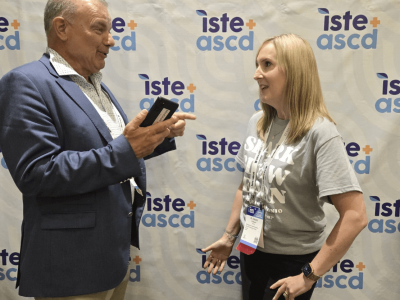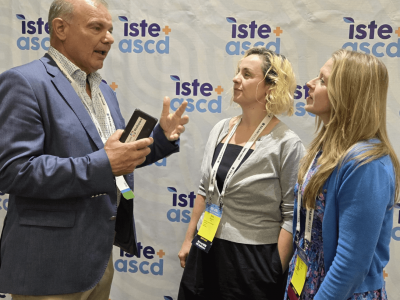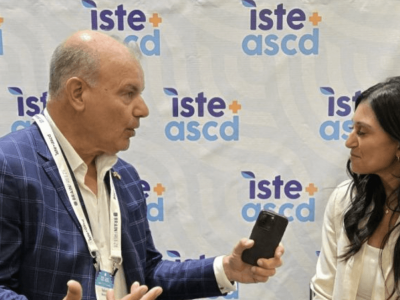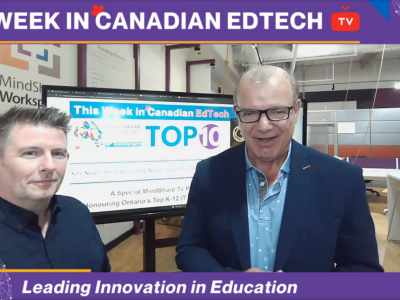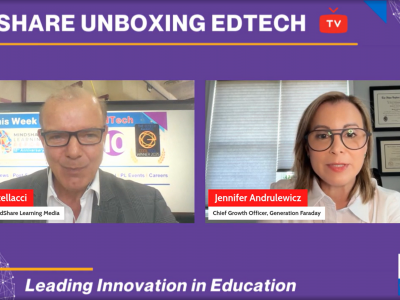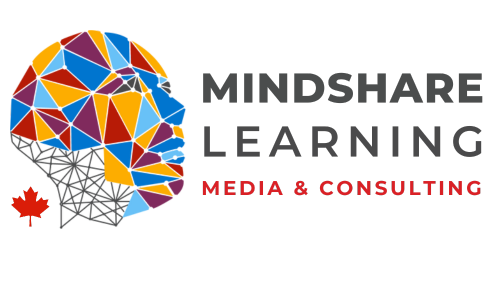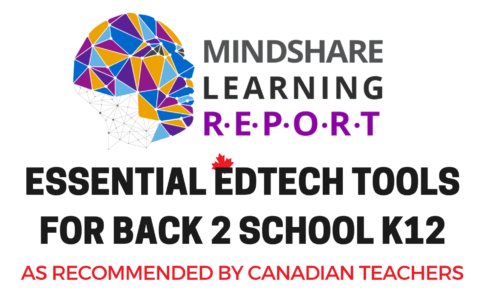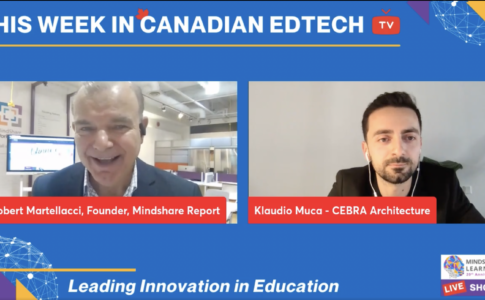Move over, TPAK and SAMR. We now have a more complete, intuitive and cogent view of using technology in the classroom, and it’s immediately usable. The T3 Framework – translational, transformation, and transcendent – is poised to move us forward into an actual realization of the way technology should be viewed, and used to make an impact in the classroom. Dr. Magana’s framework makes sense, and it gives us a usable system to use technology in innovative ways. We know that in recent studies technology has been shown to have a low to middling effect on learning outcomes. These studies are not surprising. After integrating technology across the curriculum for over two decades, I have seen the rise and fall of frequent attempts to harness the power of technology for teaching and learning. Alas, even today, not much has changed. It has much to do with the misunderstanding of the role that technology has in teaching and learning. What we have needed is a clear framework for understanding the way forward. Too many times we have been caught in superficial cycles of using technology that meet an immediate need for the teacher but does not extend learning for students. We have contained our students instead of allowing them a greater allowance to extend their learning in real ways. We need to disrupt the current way we use technology; we need to become innovative. Enter the T3 Framework that Dr. Magana has proposed.
How can we use technology to disrupt classrooms? And how can we utilize technology in ways where we see real innovation, where student achievement excels and flourish? No one can argue that there has been lots of money spent on technology with the hope that we might see a huge return on the investment. Unfortunately, this has not been the case. There are, of course, many reasons why we have not seen student achievement gains in classrooms and schools invested in technology. In my observations, we have had too few teachers willing to take risks required to learn new ways to teach and provide learning environments that are constructivist and disruptive. No, I’m not saying that it’s simply a problem of pedagogy. However, there is quite a bit of evidence to suggest that to implement new ways of thinking requires new teaching contexts that celebrate risk-taking and nurtures collaborative teaching contexts. We do need to destroy the ‘silos’ that many teachers build around themselves and reach out to explore ways in which technology can be harnessed to create those learning synergies that are dynamic, exciting, and engaging where students explore the world around them with great acumen.
Magana begins with discussing the current models for approaching the use of technology in education. He compares his T3 Framework to the TPACK and SAMR models and shows that they lack the cogency of his proposed model. In and of themselves, the TPACK and SAMR models are deficient. These two frameworks do not provide the professional application where teachers can readily understand, adapt and use these templates to embed in a technology plan that can be easily integrated and utilized in a teaching and learning context.
Magana’s T3 model is premised by two key themes:
1.Technology use should unleash student learning potential in ways that are not possible in the absence of technology;
2.Education systems would benefit from a taxonomy of the value added by technology use in learning environments, which would result in more impactful teaching practices and increased student engagement and achievement.
Both of these key ideas are valid and sound presuppositions. It was Seymour Papert who dreamed of seeing students using technology in ways we could not have imagined to do things we never dreamed they could do. Again, this is only possible in learning environments where teachers are willing to take risks and provide students with the freedom to explore the world with tools that they can embrace and use to unleash their understanding in ways that at the very least surprise us. Moreover, we need to ensure that we take the use of technology more seriously in educational contexts. It does not mean spending more money necessarily; it means we need to provide a system where we can articulate what works and what doesn’t work and then provide a professional learning environment that inculcates these practices in real and profound ways. Too often I have seen the ‘blind leading the blind’ in this regard. We then need to ensure that those who are providing these frameworks for professional development are at the ‘top of their game’ and are real practitioners of what has had an impact in teaching and learning contexts where students have excelled and are engaged in disrupting their world. But if you have leaders who have had little to no experience using technology in this way, how then can they choose the next generation of leaders?
The T3 Framework delineates three stages of technology use in a continuum: translational, transformational, and transcendent. Margano uses the current philosophies of effective teaching and learning to inform his framework of technology integration. As he notes, “Good teaching is the melody, and good technology integration adds the harmony, resulting in greater impact.” (pg. 9) But we know that a good teacher is essential to any learning environment, and perhaps, especially, in ones where technology is used to enhance learning. A good teacher is one who recognizes that we are educating for the ‘bigger world’ because our students are no longer living in a small context of their cities and towns but in the broader world that is seamlessly projected every day in so many different ways.
The author spends some time discussing the merits and pitfalls of the current models of technology integration – TPACK and SAMR frameworks. Indeed, both have contributed to a deeper understanding of how we might better-used technology in teaching and learning circles. However, they are not complete. They do not provide a clear and cogent model for integrating technologies into classrooms in ways where technology can be used at higher levels more clearly. The two types are prone to misinterpretation and often are too unclear and ambiguous to use effectively. Magana argues that the T3 Framework, by contrast, provides a useful model for using technology effectively. It necessitates the integration of digital tools in modern teaching and learning, provides a hierarchy of value for the use of technology within the context of learning environments, and offers a set of criteria to help teachers develop and assess their use of technology. (pg. 24)
The first stage of Magana’s framework is the Translational phase. Within this phase, Magana espouses what he believes are the two steps in translational technology use in education – automation and consumption. Much of what he states to describe this stage is not new. Automating tasks using technology is a simple step in the use of technology. He believes that much of what technology is being employed in classrooms today is the automation step of the translational stage of technology integration. This is not to say that these ‘automated’ tasks are not valuable, but they are not profound uses of technology. They’re practical applications, and in that, they can be valuable, but they are not high-level methods. The second step is consumption. This move requires little explanation. We use technology to consume muti-model texts in digital form. And we consume this content generously.
In short, translational technology does not provide a high-level change or impact on our teaching and learning. Perhaps this is one of the reasons we have not witnessed a high impact on achievement because we have been using technology at such a low level. We must change the way we use technology; we cannot expect to see changes in teaching and learning if we use technology to do things that do not have a transforming impact on our learning cultures. If we identify this low-level use of technology, we can begin to break free and reevaluate how we can better-used technology in our classrooms.
The second piece of the T3 Framework is the Transformational phase. This phase includes the ‘production’ and ‘contribution.’ steps. This aspect pushes one from the beginning levels of technology use to a higher standard. This level of technology integration requires ‘intentionality’; it requires a level of planning where the teacher uses technology to create a learning environment where students ‘reach out and beyond’ and achieve deeper levels of understanding. This shift in learning gives students the freedom to use technology to experience the world in a way where they take control of their learning. The production mode of this phase delineates a step where students produce artifacts that reflect their growth using digital tools. This representation is not as significant, however, as the way students showcase their metacognition in this process. They produce, think about their mastery of the product, or artifact, and then self-assess. Teachers should work with students to provide clear success criteria. Students are then able to discuss their learning in authentic ways while referencing the success criteria with teachers further probing the students for their understanding to push the learning to even deeper levels.
The contribution step involves producing learning artifacts for a student’s learning and others as well. This kind of learning happens best in learning communities where knowledge transfer and sharing are seamless, and collaboration is required. The use of technology in these learning synergies help students create and share learning for the good of all. This use of technology means that the student is intentional when designing their learning artifact; students become teachers, and from this perspective, they are caused to look at knowledge from a different point of view. According to Magana, these kinds of learning systems need to be encouraged. Collaborative work which involves the intentional learning of all is now a necessary component of public education.
In essence, transformational learning ‘transforms’ the learner – the learner is no longer the same when he/she began the learning journey. Students are then engaged in a learning journey where technology helps them to achieve learning goals that were not possible before. Technology becomes a catalyst to providing students with the ability to transform their learning circle to include not only themselves but others in their community of learners. Technology provides them with the means to represent their learning and understanding in different ways, but in a manner which is meaningful for the student, and the community.
The final step of the T3 Framework is the Transcendental phase. One thinks of something ‘beyond’ the natural when you think of ‘transcendental.’ Magana explains this stage as one that involves. “authentically original and unprecedented growth in knowledge, contribution, and value-generating performance.” (pg 64). A key driver of this stage is student passion. Students become passionate about a ‘real-world’ issue that ‘transcends’ the curriculum but involves skills and building new knowledge that they can then apply in real ways. This way of thinking becomes truly beyond the curriculum because students truly own their learning. They then construct platforms of learning and move out into inquiry where they create knowledge and develop mindsets independently of a ‘system.’ As in Magana’s preview pieces of this framework, he includes two steps of the Transcendental Framework – inquiry design, and social entrepreneurship. Most readers will understand the inquiry process, and I think social entrepreneurship.
Inquiry design empowers students to create their learning adventures. These learning journies allow them to move toward independent learning. After all, the end of all learning is to able to teach oneself. If students are engaged in the process of learning that is self-directed, is important to them and is real-world, and technology is helping them to achieve this then we have entered the phase of transcendental learning. Technology provides the means by which students can reach out into the real-world, where they can access digital knowledge while using these same digital skills to determine authenticity and soundness of this digital knowledge.
By social entrepreneurship, Magana means having students engage in these inquiry-based frameworks where the students generate ‘social good and generating value.’ Students are engaged by their passions to engage in ‘wicked problems’ that matter to society, and in particular, to the student who is involved in the inquiry. The final good is to find solutions for others; to engage in a social enterprise that develops a higher good for others. They transcend their selves, reflect and cogitate in the search for a solution to a ‘wicked problem’ that is not easily solved. It is in this process that students reach beyond themselves and become part of a greater good.
Indeed, as technology evolves and the power of this technology is realized, students will be able to imagine, design and create new tools or platforms to solve wicked problems that matter. Coding, and makerspaces are becoming a norm for more and more schools. Students can design and build what they wish according to their desires and needs, and hopefully, with guidance, solve a bigger problem that helps to achieve a greater good. This ‘new way of thinking’ is happening now. Students are beginning to see that school is not only contained in the local ‘schoolhouse’ but they are now engaged in learning opportunities that reach out to the digital world.
One of the more compelling aspects of Disruptive Classroom Technologies are the resources that teachers can use to explore and determine what stage they find themselves according to the T# Framework. It is immensely practical and liberating. As mentioned earlier on in this review, we need to develop robust professional development capacity in the use of technology to realize the compelling benefits that these tools offer. We require fewer ‘silos’ and more collaborative teaching practices, along with collaborative inquiry processes that help each teacher reach his or her potential in developing robust and sound pedagogical practice when using and utilizing technology. This book will certainly contribute to frame the problem, provide guidance, and give some self-assessment along the way. I highly recommend this book if you are interested in pushing your technology use into the modern landscape of teaching and learning. It will challenge your thinking about how you use technology, provide sage advice on how you might re-frame your thinking and provide a learning map for mastering the beginning, middle and higher level stages of technology integration.
